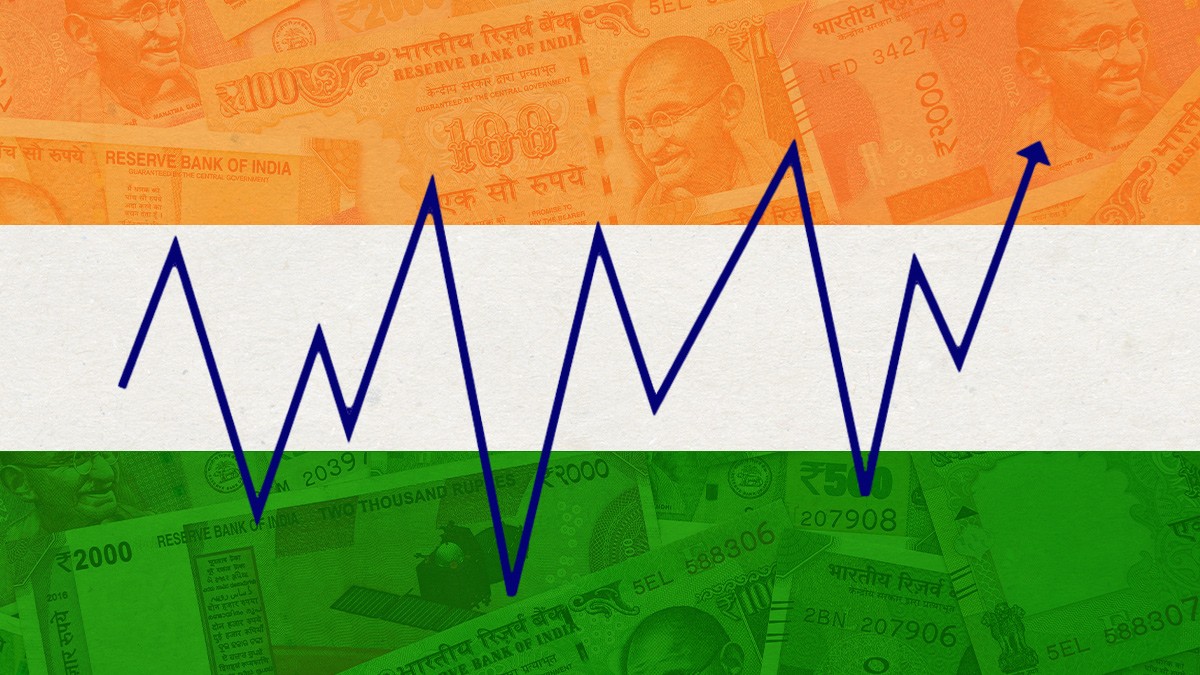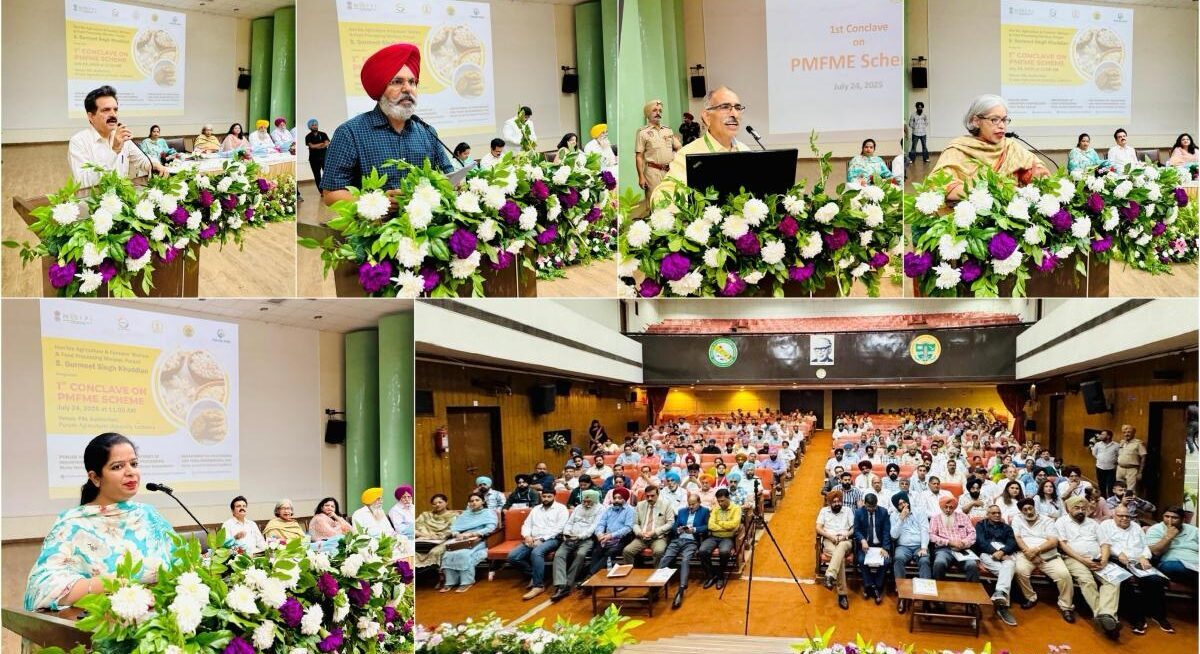India’s housing market continued its steady growth in the second quarter of 2024, with average prices across the top eight cities rising by 3% quarter-over-quarter (QoQ), according to an industry report.
This consistent 3% quarterly price appreciation has been observed for the past four quarters, reflecting sustained demand, as highlighted by the report from the Confederation of Real Estate Developers and Associations of India (CREDAI) in collaboration with property consulting firms Liases Foras and Colliers.
On a year-over-year basis, average housing prices in these major cities increased by 12%, with Delhi NCR leading the charge at a remarkable 30%.
Sales across India’s cities have maintained their growth trajectory despite the price increases. The current quarter also saw a notable 33% rise in new launches within the affordable segment. The robust growth in sales and new launches in the NCR suggests that the market will continue to grow, according to Pankaj Kapoor, Managing Director of Liases Foras.
Delhi NCR led the top eight cities with a 16% QoQ rise in housing prices. Within this region, Dwarka Expressway and Greater Noida experienced impressive price jumps of 35% and 24%, respectively, marking the highest quarterly increase in these micro-markets in recent quarters. This surge was driven by a recent uptick in luxury segment launches.
Moreover, there was a notable preference for spacious housing units in the luxury and ultra-luxury segments, contributing to up to a 12% QoQ increase in the average price of 3-4BHK configurations in Delhi NCR.
Bengaluru also saw significant price appreciation, with average housing prices surpassing the ₹11,000 mark per square foot in Q2 2024. The city’s average residential prices rose by 8% on a quarterly basis. The Inner East micro-market led the way with a 25% quarterly increase, followed by the Periphery Outer East micro-market at 10%.
Demand growth has been particularly strong in the luxury and ultra-luxury segments, including second and vacation homes, which is evident from the price growth in select micro-markets of Delhi NCR and Bengaluru. According to Vimal Nadar, Senior Director and Head of Research at Colliers India, average housing prices for spacious units, especially 3-4BHK configurations in these cities, have surged by up to 30% annually. Additionally, the government’s recent partial rollback on long-term capital gains tax related to the sale of land and buildings is expected to further boost investor and homeowner sentiment, benefiting the real estate sector overall.
The Mumbai Metropolitan Region (MMR) continues to dominate the market, accounting for about 40% of unsold inventory. Excluding MMR, unsold inventory levels have decreased by up to 5% on a quarterly basis across all reviewed cities. Although MMR experienced healthy sales in residential units during Q2 2024, a significant increase in new launches led to a slight rise in unsold units.
Pune, in particular, saw the highest annual decline in unsold units, with a 13% year-over-year drop. Ahmedabad, Chennai, and Kolkata also experienced significant annual declines in unsold inventory levels, ranging from 6-8%.
Kolkata recorded the highest sequential decline in unsold inventory levels at 5%, followed by Pune with a 3% dip. As of Q2 2024, over 10 lakh housing units were available across the primary markets of the eight major cities, with MMR alone holding about 40% of the unsold inventory.
Despite a yearly increase in the number of unsold units in Hyderabad and Bengaluru, both cities saw a modest decline on a sequential basis.
























